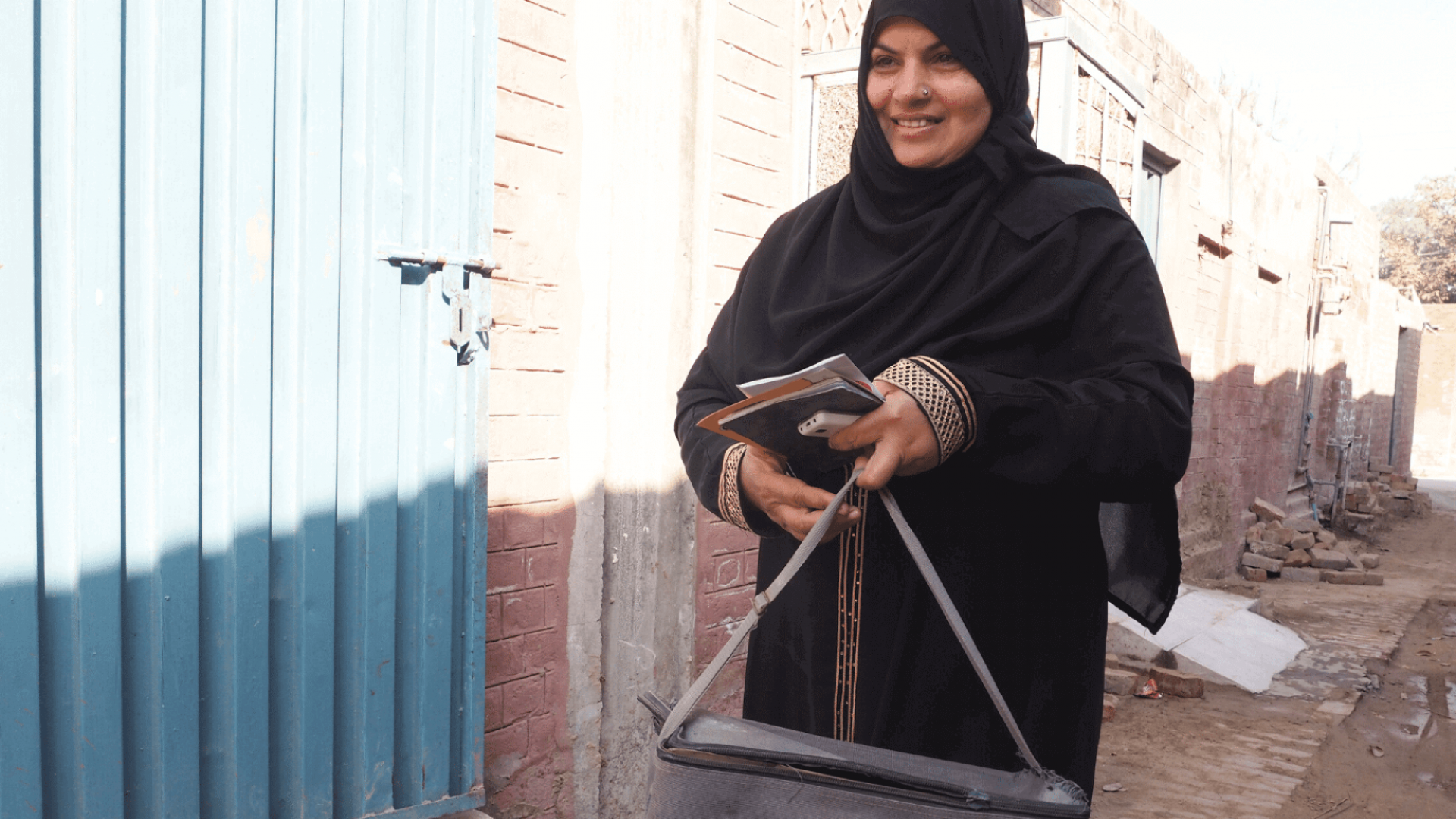The Chinese government has recognized that the high prevalence of childhood myopia constitutes a major public health problem of broad concern. A recent joint national study of more than a million children by the National Health Commission and Ministry of Education has shown that over half of Chinese children were myopic in 2018, reaching 80% by senior high school.
The government’s comprehensive national plan for the prevention and control of myopia among children and adolescents, launched by President Xi Jinping in 2018, emphasizes collective action by society as a whole, including schools, eye care facilities, families, and students themselves, as well as coordinated input from eight government departments. The plan targets an annual reduction of 0.5% in childhood myopia between 2018 and 2023.
The main focus of the plan is on myopia prevention. Schools will play a crucial role, with a specific call to increase time spent outdoors during the classroom day to 1-2 hours daily, to reduce myopia onset. Other required measures for schools include lessening the academic burden, including a total absence of written homework in the first two years of elementary school. This is designed to reduce near work, an important factor leading to China’s current high myopia prevalence. Such preventive measures can also help to prevent high myopia (6D or more), which affects 10-20% of China’ high school graduates and elevates the risk of macular atrophy, glaucoma and other causes of severe vision impairment.
As the proportion of children receiving schooling increases in response to SDG4, other countries will likely face growing prevalence of childhood myopia and may increasingly look to China’s national program for clues on how to coordinate multi-sectorial efforts and take effective action.1
- Jan C, Li L, Keay L, Stafford R, Congdon N, Morgan I. Prevention of myopia, China. Bull World Health Organ 2020; 98: 435-7.

